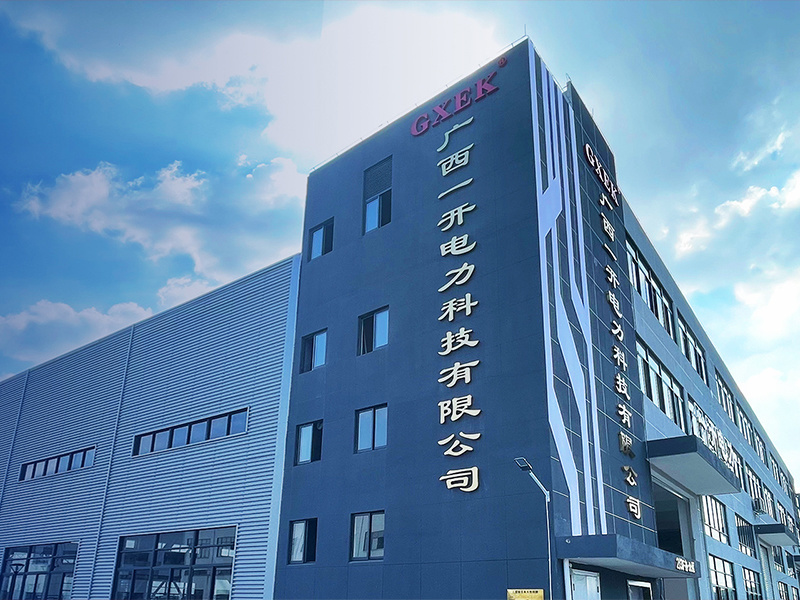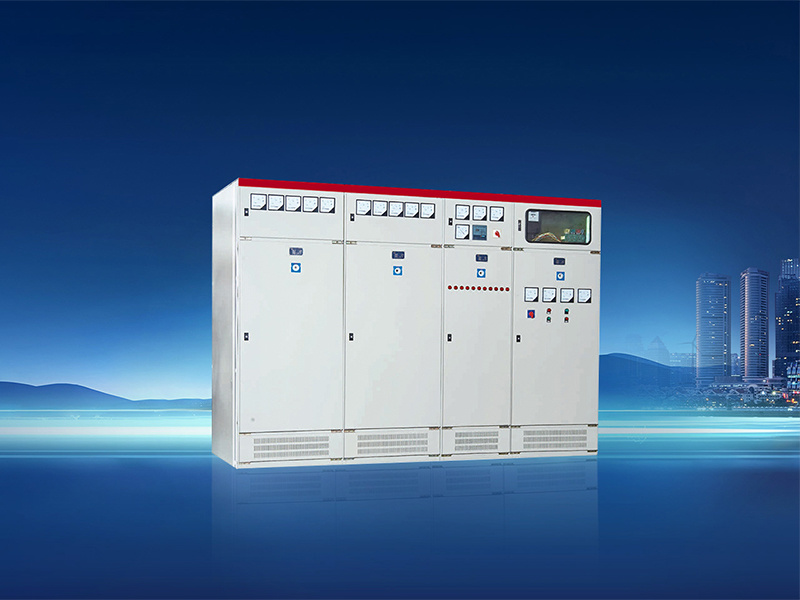Methods for Dealing with Transformer Failures
The guidelines for handling transformer tripping: when a transformer trips, stop and check according to the on-site regulations, analyze the maintenance actions and the phenomena at the time of the incident, determine the accident situation, and cease handling. If both gas maintenance and differential maintenance trip simultaneously, do not restore power until the cause is clarified and the problem is resolved.
When the transformer differential maintenance trips simultaneously, inspect the external part of the main transformer, notify relevant personnel from the work area, maintenance, and relay departments to rush to the scene. Stop checking the primary and secondary circuits of the transformer, cease measuring the oil and gas properties of the transformer, and after proving that the transformer and its maintenance control circuit are fine through DC resistance, insulation, and other tests, a strong power restoration can be attempted once. In urgent system needs, after checking the external part of the main transformer and insulation tests show no abnormalities, a trial power restoration can be attempted once with the approval of the chief engineer. When the transformer gas maintenance action trips, a trial power restoration can only be conducted if it is proven that the gas maintenance was a false action or there are no issues inside the transformer.
When the transformer overcurrent maintenance action trips, an inspection and analysis of the transformer and its load conditions, as well as the maintenance action status of the outgoing lines, should be conducted. If it is a transient issue that caused the trip, inspection may not be necessary. After disconnecting the problematic outgoing line switch, power can be restored to the transformer, and the non-problematic outgoing lines can be restored one by one, notifying the work area for testing and inspection.





